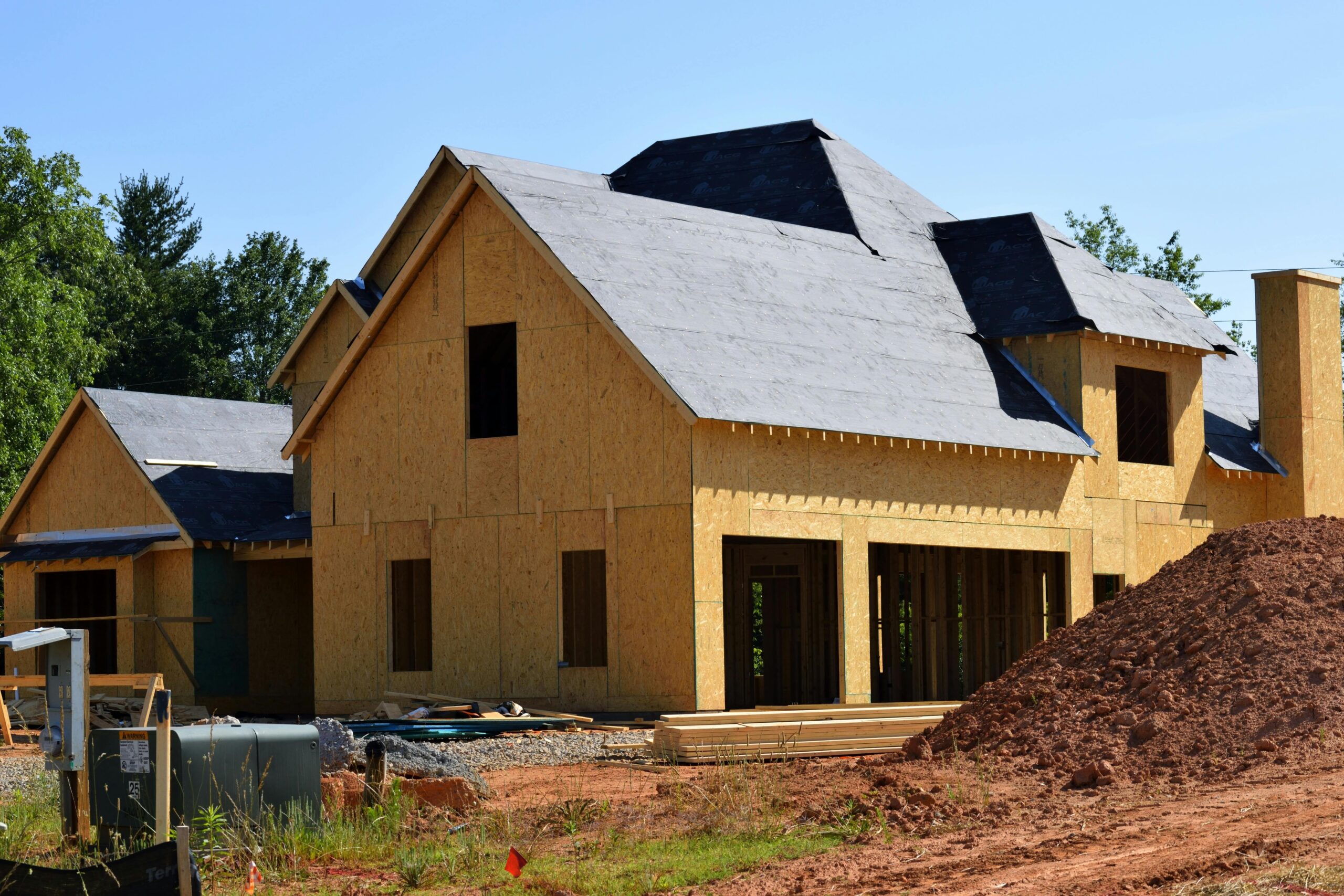Building a custom home represents one of life’s most significant investments and creative opportunities. Unlike purchasing an existing property, the custom home building process allows you to craft a space perfectly tailored to your lifestyle, preferences, and needs. This journey from initial concept to completed construction involves numerous stages of building a custom house, each requiring careful planning and thoughtful decision-making. In this article, we’ll guide you through the essential phases of turning your dream home into reality, highlighting the key decisions you’ll face along the way.
Defining Your Vision and Budget
The foundation of any successful custom build begins with a clear vision and realistic budget. Before meeting with professionals, spend time contemplating how you want to live in your new home. Consider your daily routines, family needs, entertainment preferences, and how these might evolve over time. Creating a comprehensive wish list helps prioritize features when budget constraints inevitably arise. Establish a realistic budget that accounts not only for construction costs but also for land acquisition, permits, design fees, landscaping, and contingencies. Many experienced builders recommend setting aside 10-15% of your total budget for unexpected expenses that often emerge during the custom home building process.
Selecting the Right Team
Hiring a custom home builder and architect represents perhaps the most crucial decision in your journey. These professionals will transform your vision into reality and guide you through complex processes. Look for builders with experience in projects similar to yours, strong references, and financial stability. When interviewing potential builders, assess their communication style, problem-solving approach, and how well they listen to your ideas. Similarly, finding the right architect requires careful consideration of their design philosophy, portfolio, and ability to translate your lifestyle needs into functional spaces. Many homeowners find success working with design-build firms that offer integrated services. For help finding reputable builders in your area, resources like AskHomey can connect you with vetted professionals who specialize in custom residential construction.
Design Development for Your New Home
The design development phase transforms abstract concepts into concrete plans. This iterative process typically begins with schematic designs that establish the basic layout, flow, and spatial relationships of your home. As plans evolve, you’ll refine room sizes, ceiling heights, window placements, and architectural details. This stage also includes important engineering decisions regarding foundation types, structural systems, and mechanical layouts. Effective design development requires open communication between you, your architect, and your builder to ensure that creative vision aligns with practical construction realities and budget constraints. Take time to thoroughly review each iteration of plans, as changes become increasingly expensive once construction begins.
Material Selection and Specifications
Material selection for your custom build profoundly impacts both aesthetics and performance. From flooring and countertops to windows and roofing, each choice affects how your home looks, functions, and ages. This phase typically involves numerous showroom visits and sample reviews, along with considerations of durability, maintenance requirements, and sustainability. Developing a cohesive palette ensures visual harmony throughout your home. Work with your designer to create detailed specifications that clearly communicate your selections to the construction team. These specifications become particularly important when making selections for items that affect multiple systems, such as lighting plans that must coordinate with electrical systems and ceiling details.
The Construction Phase
After months of planning, watching your home take physical form brings both excitement and new challenges. Construction typically progresses through several stages, beginning with site preparation and foundation work, then framing, followed by mechanical systems installation, insulation and drywall, interior finishes, and finally landscaping. Throughout this phase, regular site visits and progress meetings help ensure construction quality and adherence to design intent. Effective communication remains essential, particularly when inevitable adjustments become necessary due to material availability, site conditions, or evolving preferences. Maintain organized records of all communication, change orders, and decisions to help track the project’s progress and budget.
Final Inspections and Moving In
As construction nears completion, thorough inspections become critical to identifying any items requiring attention before closing. Create a comprehensive punch list of items needing correction or completion, from minor paint touch-ups to more significant adjustments. Allow time for these corrections and reinspection before your move-in date. Once complete, take time to learn about your home’s systems, maintenance requirements, and warranty details. Many builders provide homeowner manuals and walk-throughs to familiarize you with your new home’s features. This final stage transforms the custom home building process from a construction project into the beginning of your life in a space designed specifically for you.
For more tips and to connect with reliable home service professionals, follow AskHomey on Facebook and Instagram.



